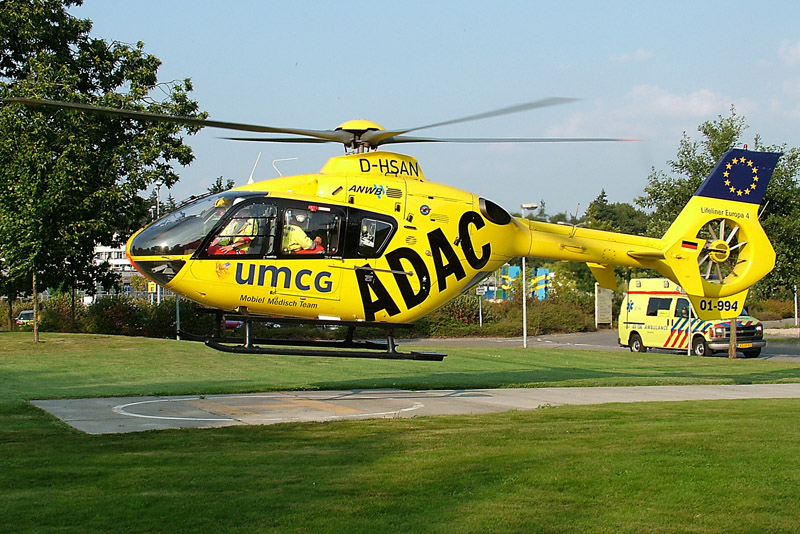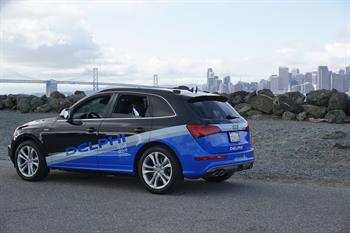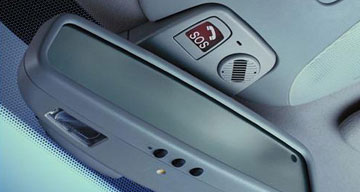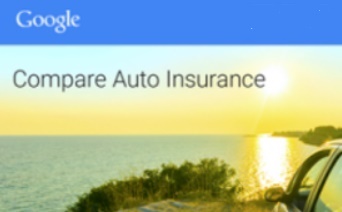Vehicle and information technology will reduce claims in the next 2 decades by about 80% and/or transfer liability to others than the driver. See also a previous post. Existing products and business models won’t work anymore. This is however not the dead-end street I’m referring to in this post.
Of course this will go gradually and in the next coming years we can continue to work on new business models. Although….
I expect another dead-end street on the shorter run.
Competition
Earlier this month the DNB (Dutch regulator) rang the bell and warned Dutch car insurers because they paid € 300m more on claims in 2014 than the premium they collected (only MTPL). This is probably (industry figures are not published yet) not due to claims but rather to highly competitive pricing and this is not only in the Netherlands. For example in the UK Motor Insurance premiums fell by £ 400m in 2014.
In the light of rapidly developing technology insurers are trying new ways to compete (and innovate) and slowly move to telematics and analytics. With a clear lead of the US, Italy and the UK. The Netherlands counts only a few prudent try-outs: PolisVoorMij (Reaal/Fatum), Fairzekering (NN, Beta-version), Whoosz! (Turien), Ohra (Delta Lloyd, small pilot with 100 customers) and Voorop (NN, last week, Beta-version, identical to Fairzekering).
So far all I’ve seen is “old wine in new bottles”. Existing products with their “old rating” and by scoring driving behavior you can earn a discount up to 35-40%. On top of your 80% No-Claims-Discount (Bonus/Malus) and on top of existing discounts related to specific cars and ADAS-features like Autonomous Emergency Braking. Where does this discount-race end? Still based on the unsustainable current premium levels. Risky drivers won’t participate which means further erosion. On top it makes the premium implausible and untrustworthy. I believe this is another dead-end street but more on the short run.
Turn around
Actuaries and motor-underwriters could leave the beaten track and bring the rating into a new perspective. Start with a core premium for the basic exposures and add premium in relation to the real risk exposed to (calculated and charged monthly in arrear). And related to the driver, who is recognized by behavior, NFC, Bluetooth, biometrics, click or whatever works and is convenient. Also with an eye on car sharing, (semi-)autopilot and autonomous driving disconnecting the driver from the car will probably be the route anyway. The technology for all of this is available.
Sunsurance©
I call this concept Sunsurance©. Start with a core risk and premium (sun) and add premium according to the real additional risks (beams). With the possibility to insure AND uninsure. Include all relevant services (with subscription fees in addition to premiums) to create a safe environment at home and on the road. Monitor, predict, alert and act in case of an incident or accident. Preferably not only for car but for the complete household as a whole and constantly attached to the composition and life-style of this household. All based on dynamic PRM (Personal Risk Management) taken care of by a digital advisor that continuously is responding to the deviations of life. In a long lasting, engaging relationship with the customer and not hounded by aggregators.









